The perception of luxury and exclusivity surrounding a home brand can often shift as its popularity and accessibility increase. What once felt like a coveted and aspirational item can lose some of its high-end allure when it becomes commonplace in many homes. This phenomenon is particularly noticeable in the realm of home goods, where trends can quickly lead to widespread adoption. Examining these brands reveals how market saturation can impact their perceived status and desirability among consumers.
1. Pottery Barn
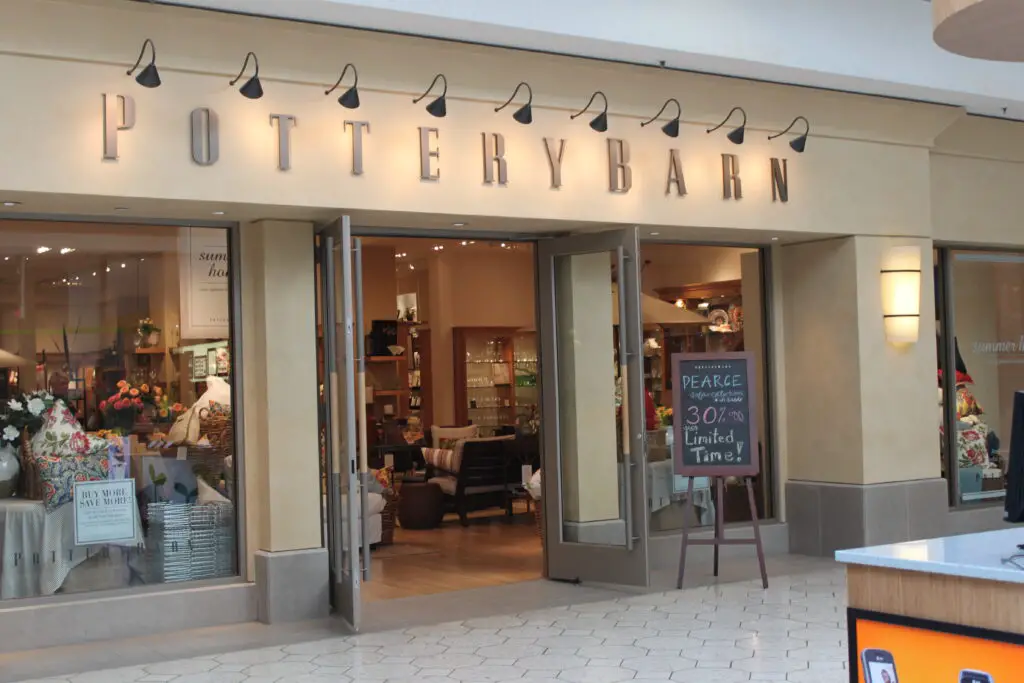
For a significant period, Pottery Barn was widely regarded as a higher-end home furnishings retailer, known for its classic designs and perceived quality. Owning Pottery Barn furniture or decor often signaled a certain level of sophisticated taste and investment in the home. Their catalogs and store layouts contributed to this aspirational image.
However, as Pottery Barn expanded its reach and became more accessible to a broader consumer base, its exclusivity factor arguably diminished, notes House Digest. The brand’s increased presence in mainstream media and the ubiquity of its styles in many homes led to a shift in perception for some consumers. While the quality and design may have remained consistent, the feeling of owning something uniquely high-end lessened as its popularity grew.
2. Crate & Barrel
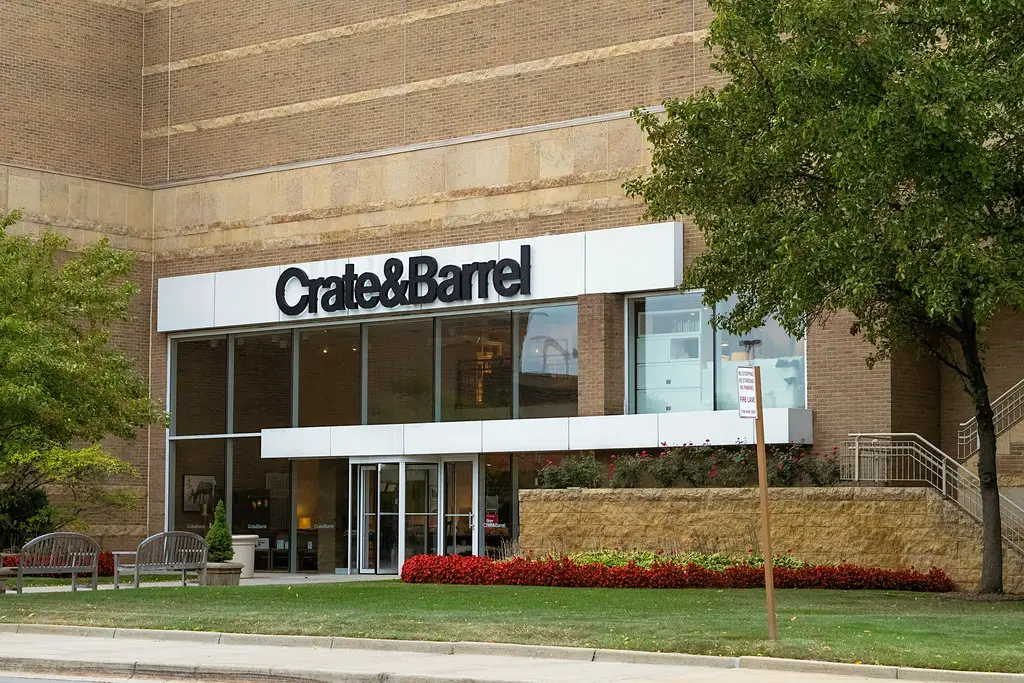
Similar to Pottery Barn, Crate & Barrel cultivated an image of modern, high-quality home furnishings that appealed to a discerning clientele. Their sleek designs and focus on contemporary aesthetics positioned them as a step above more mass-market retailers. Owning Crate & Barrel items often suggested an appreciation for modern design and a willingness to invest in stylish pieces.
As Crate & Barrel also expanded its store presence and online reach, its products became more prevalent in a wider range of homes. While the brand maintained its design aesthetic and quality standards, the feeling of exclusivity associated with owning Crate & Barrel items arguably decreased as their visibility increased, says Forbes. The brand’s success in reaching a broader audience contributed to this shift in perception for some consumers.
3. KitchenAid (Certain Appliances)
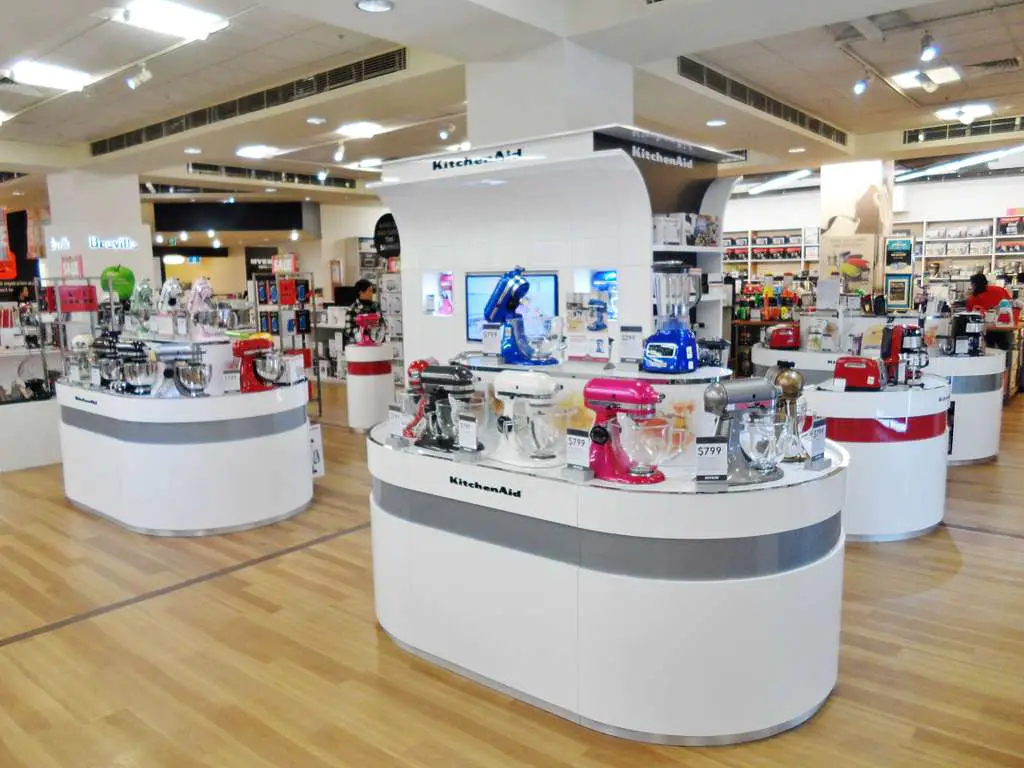
KitchenAid appliances, particularly their stand mixers, have long been associated with high quality and a passion for cooking. Owning a KitchenAid mixer often symbolized a serious commitment to baking and a willingness to invest in a durable, high-performing appliance, says Eater. Their iconic design further contributed to their aspirational status.
However, as KitchenAid expanded its product lines to include a wider range of appliances at various price points and became more readily available in mainstream retailers, the perception of owning every KitchenAid product as inherently high-end arguably shifted. While their stand mixers retained much of their prestige, other KitchenAid appliances became more commonplace, diluting the overall high-end image of the entire brand for some consumers.
4. Restoration Hardware
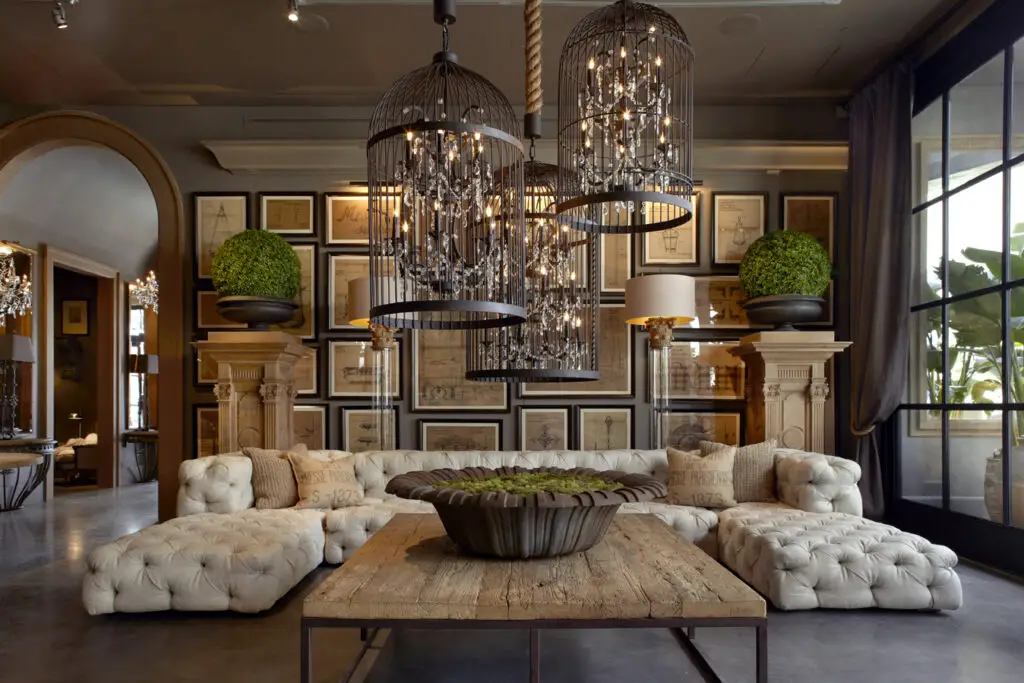
Restoration Hardware initially carved out a niche as a purveyor of unique, historically inspired, and often substantial home furnishings with a distinctly high-end feel. Their grand showrooms and catalogs showcasing luxurious, oversized pieces reinforced this image of exclusivity and premium quality. Owning Restoration Hardware furniture often signified a significant investment in statement pieces.
However, as Restoration Hardware’s aesthetic became increasingly popular and their product lines expanded to cater to a broader audience, their once highly exclusive image arguably softened. The widespread adoption of their industrial-chic and grand scale designs in many homes led to a shift in perception for some, suggests Bloomberg. While the brand maintained a higher price point, the feeling of owning something truly rare diminished as its style became more ubiquitous.
5. West Elm
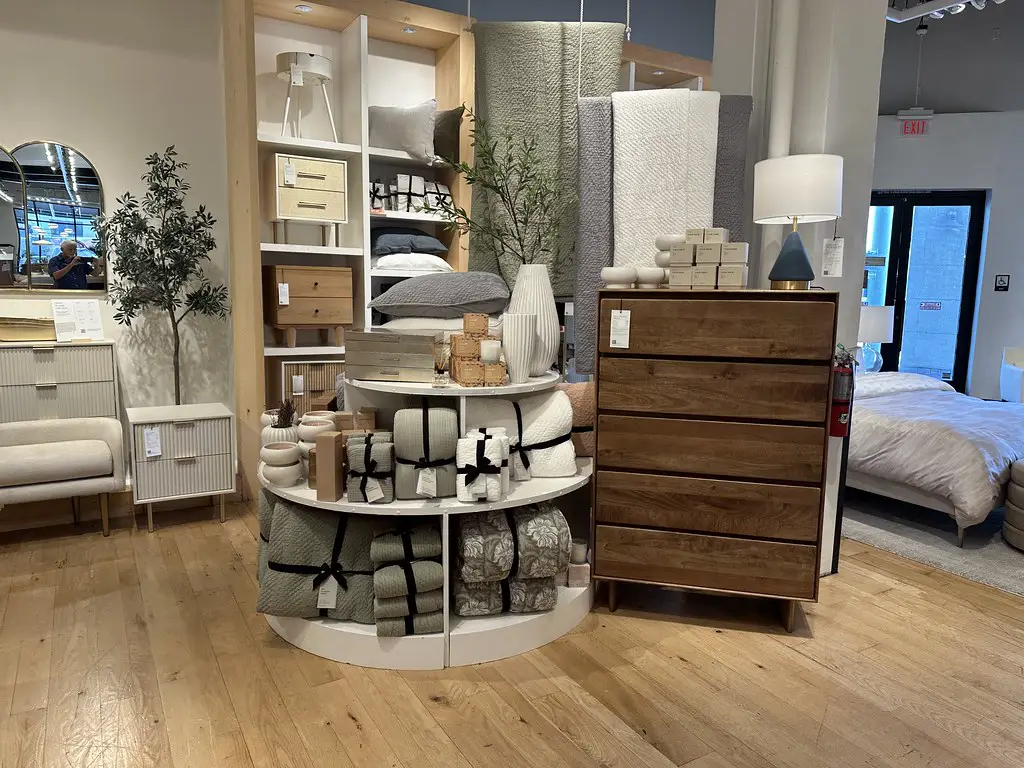
West Elm, with its focus on modern design and accessible price points, initially appealed to a style-conscious consumer looking for an upgrade from more basic retailers. While not positioned at the ultra-high-end, it offered a sense of contemporary style that felt elevated to many.
However, as West Elm’s popularity soared and its aesthetic became a dominant trend in many urban and suburban homes, the feeling of owning something uniquely stylish arguably decreased for some. The brand’s success in capturing a significant market share led to its designs becoming very common.
6. Room & Board
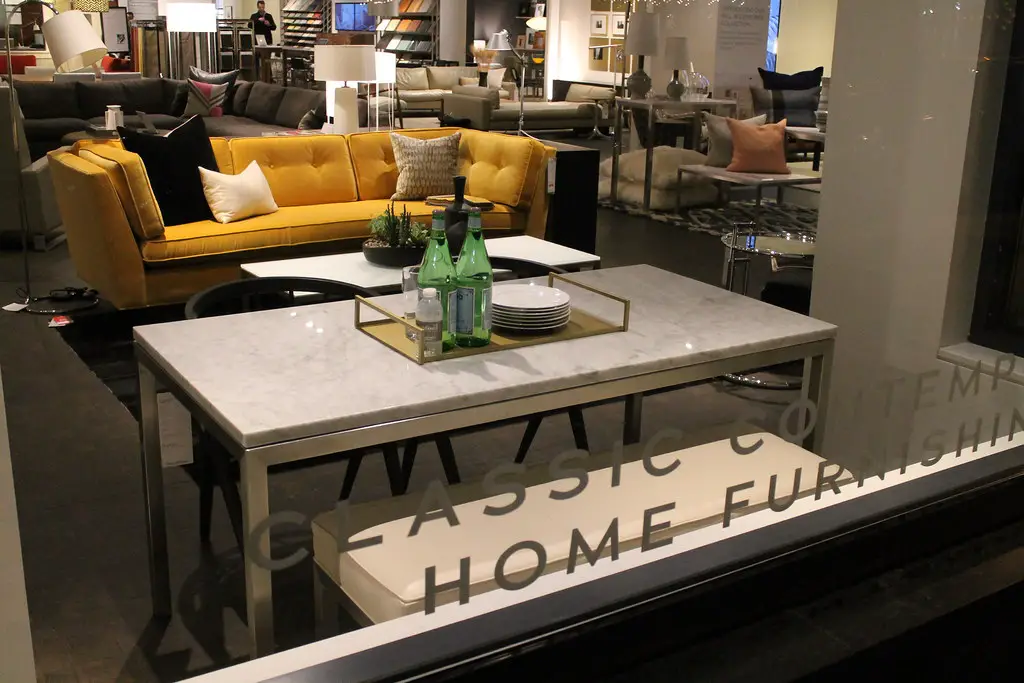
Room & Board established itself as a retailer offering well-designed, modern furniture with an emphasis on quality and American craftsmanship. This positioning gave the brand a sense of being a more thoughtful and higher-end choice compared to mass-market options.
As Room & Board expanded its presence and its aesthetic resonated with a wider audience seeking modern, durable furniture, its exclusivity factor arguably lessened. While the quality and design remained strong, the increased visibility of the brand in many homes shifted its perception for some consumers.
7. Le Creuset (Certain Items)
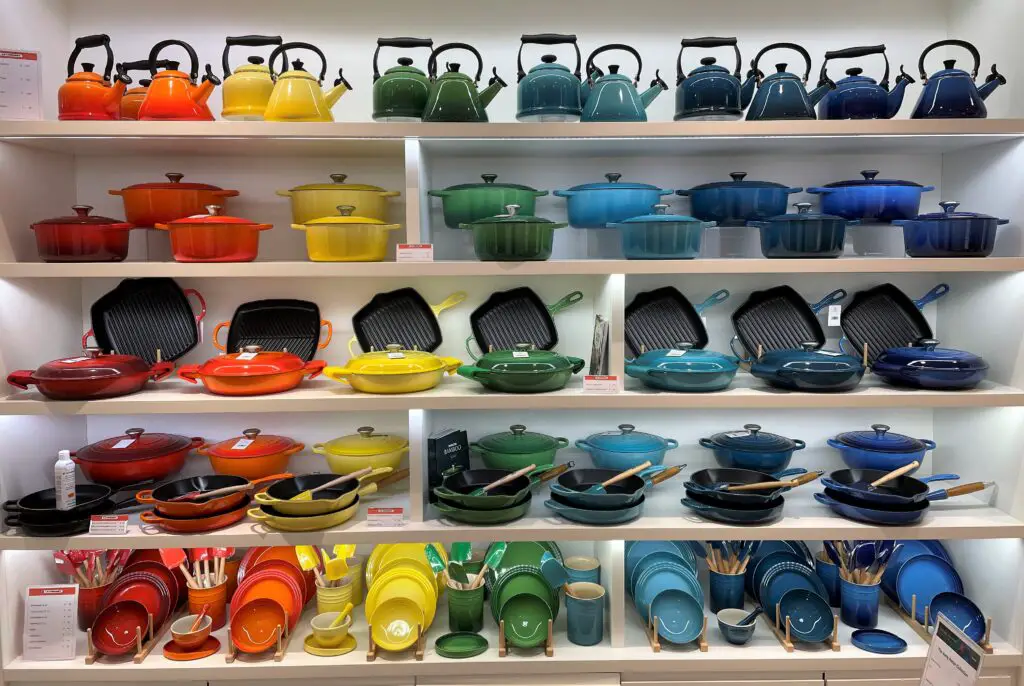
Le Creuset cookware, particularly its enameled cast iron pieces, has long been associated with high quality, durability, and serious cooking enthusiasts. Owning Le Creuset often signified a commitment to culinary pursuits and an investment in heirloom-quality kitchenware.
However, as Le Creuset expanded its product offerings to include more accessible items and became widely available in department stores and online retailers, the perception of owning every Le Creuset item as inherently high-end arguably changed for some. While the cast iron remains prestigious, other Le Creuset products became more commonplace.
8. Dyson (Certain Products)
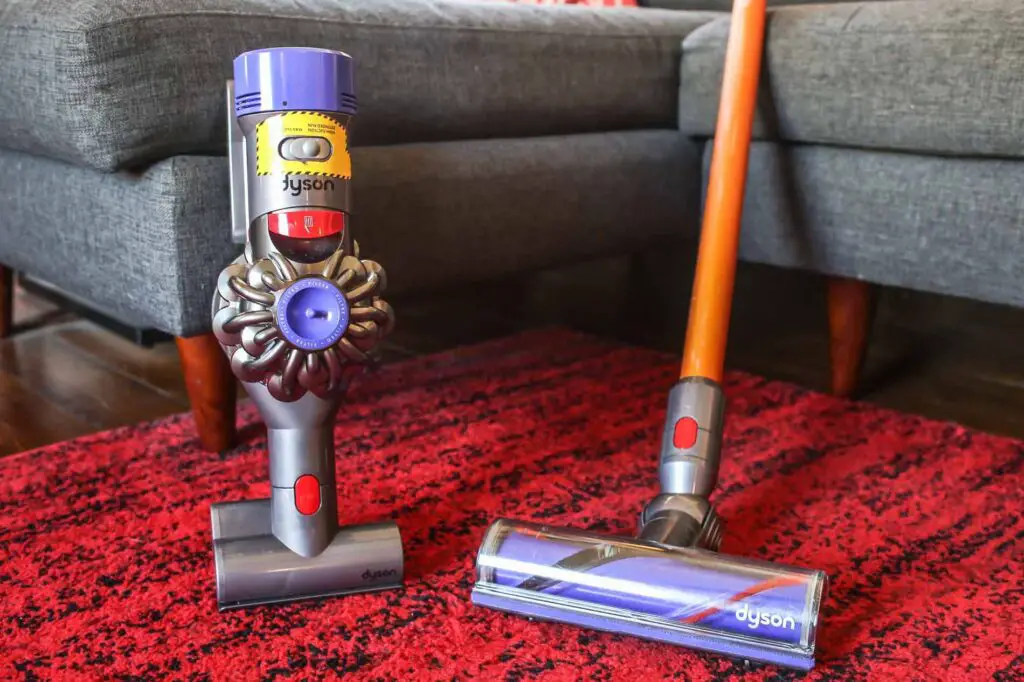
Dyson initially entered the market with innovative and technologically advanced vacuum cleaners that were positioned as a premium product. Owning a Dyson often signaled an appreciation for cutting-edge design and superior performance in home cleaning.
However, as Dyson expanded its range to include air purifiers, hair dryers, and other home appliances, and as their products became more ubiquitous, the perception of owning every Dyson item as uniquely high-end arguably shifted for some consumers. While the innovation and design remained, the exclusivity lessened with wider adoption.
9. Threshold (Target’s Home Brand)
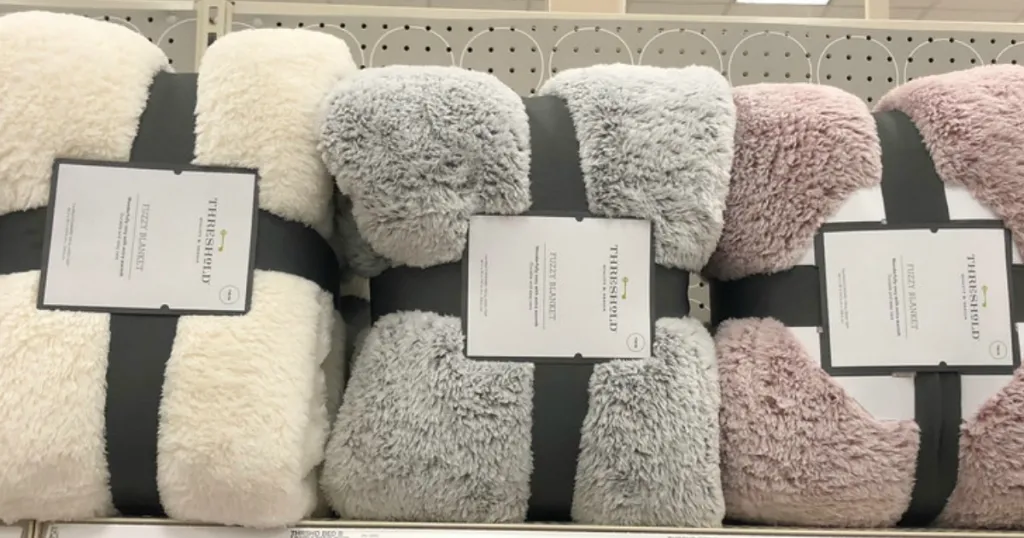
Target’s Threshold brand was introduced to offer stylish home goods at more accessible price points, aiming to bridge the gap between basic and more premium retailers. For many, owning Threshold items represented a step up in style without a significant financial investment.
However, as Threshold’s aesthetic became increasingly popular and its products became a staple in a vast number of homes across the country, the feeling of owning something particularly high-end arguably diminished. Its very success in reaching a broad audience contributed to this shift in perception.
10. Nate Berkus for Target (Past Collections)
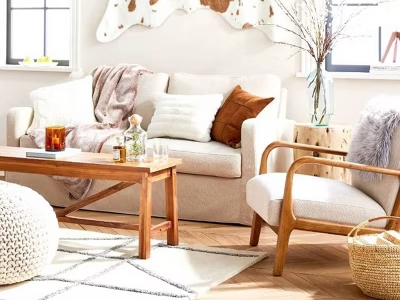
The designer collaborations at Target, such as those with Nate Berkus, often brought a sense of high-end design to a mass-market retailer. Owning items from these collections allowed consumers to access designer aesthetics at more affordable prices, initially feeling like a stylish score.
However, due to the limited-time nature and wide availability of these collections, the sense of exclusivity faded quickly as many households adopted the same pieces. Once the collections became widespread, the initial feeling of owning something uniquely high-end diminished.
11. Magnolia Home (Joanna Gaines)
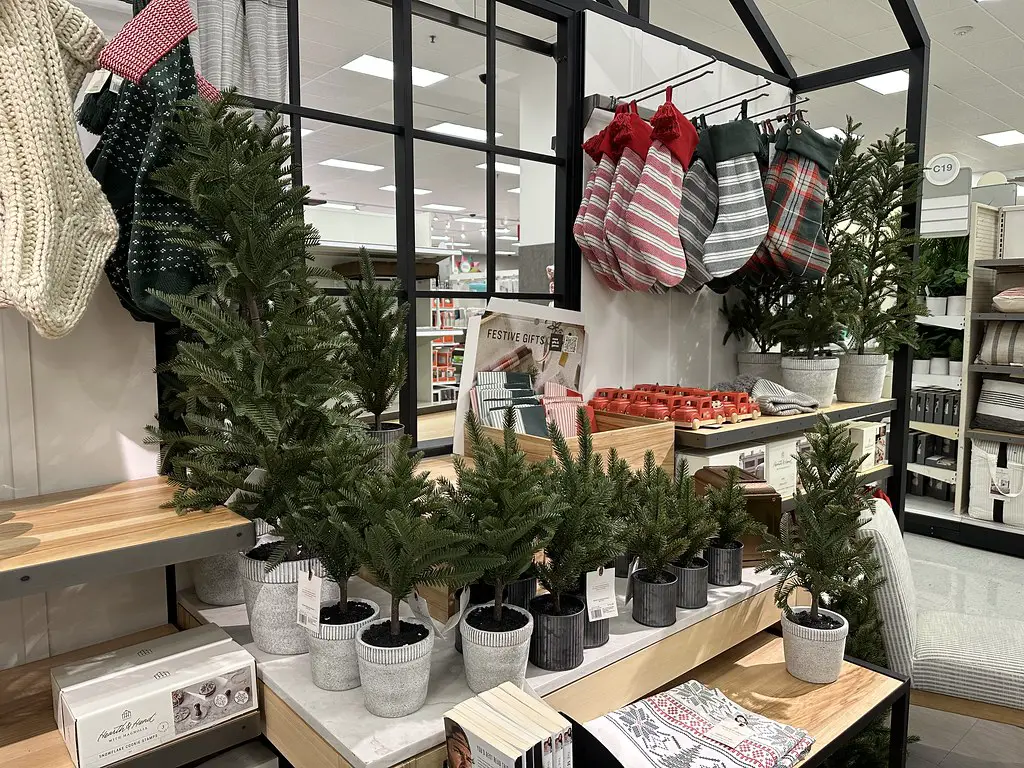
Magnolia Home, associated with Joanna Gaines of “Fixer Upper” fame, brought a popular farmhouse aesthetic to a wide audience. Owning Magnolia Home decor and furniture initially felt like embracing a desirable and stylish design trend.
However, as the farmhouse style became extremely popular and Magnolia Home products became widely available, the feeling of owning something uniquely high-end arguably lessened for some. The brand’s very success in reaching a mass market contributed to this shift in perception.
12. Safavieh (Certain Rugs and Furniture)
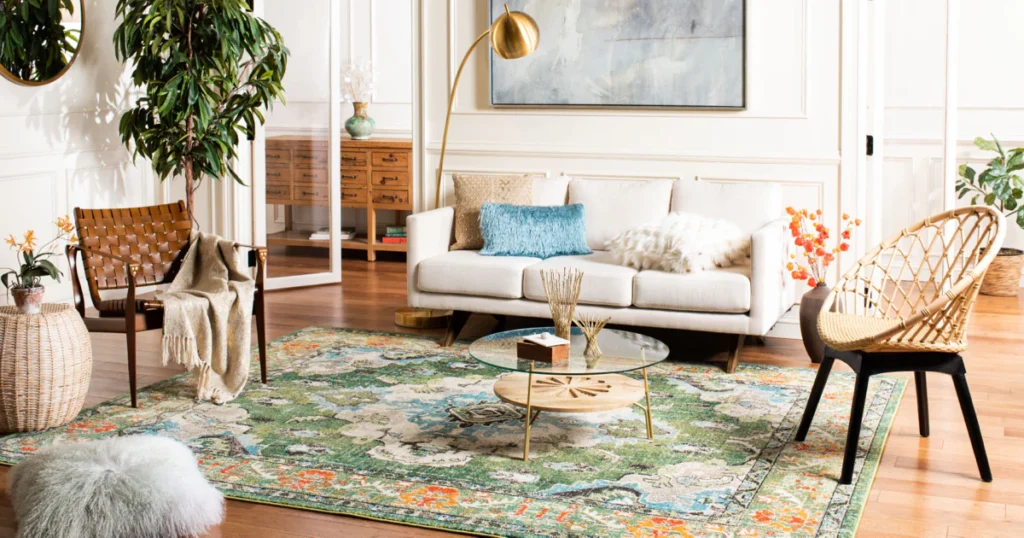
Safavieh established itself as a brand offering a wide range of rugs and furniture with a focus on quality and design, often found in furniture stores and online retailers catering to a style-conscious consumer. Certain higher-end lines offered a sense of sophisticated style.
However, as Safavieh’s products became more widely distributed through various online platforms and retailers at different price points, the perception of owning every Safavieh item as inherently high-end arguably shifted for some. While quality options remained, the increased accessibility broadened its appeal and lessened the exclusivity factor for some consumers.
13. Yankee Candle (Certain Scents)
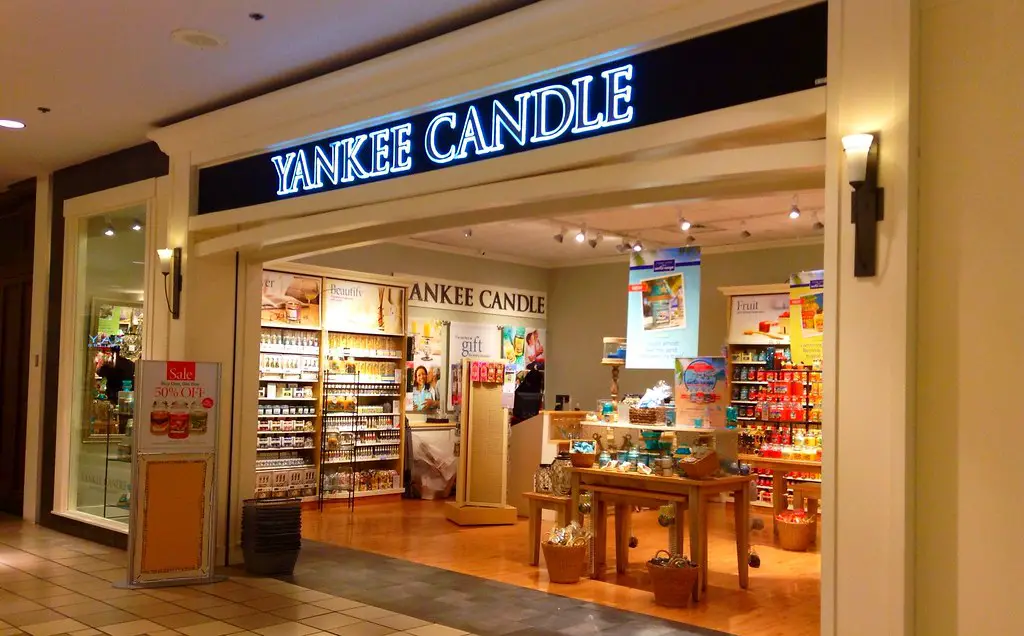
Yankee Candle was once considered a premium brand for home fragrance, with a wide variety of scents and a strong brand recognition. Owning and burning Yankee Candles often signified a desire for quality home fragrance.
However, as Yankee Candle expanded its retail presence and its products became ubiquitous in many stores, the feeling of owning a uniquely high-end home fragrance arguably diminished for some consumers. The brand’s widespread availability led to a shift in perception as other niche and artisanal fragrance brands gained popularity.
